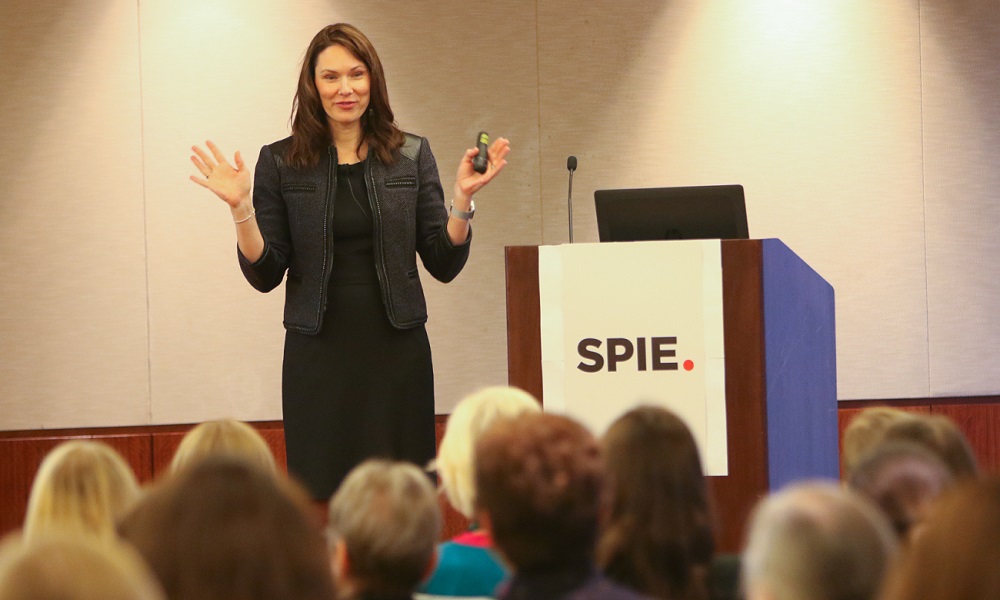Paper 13383-11
Advanced non-quantum ghost imaging for detecting and quantifying surface fluorescence in light-polluted environments
29 January 2025 • 1:30 PM - 1:50 PM PST | Moscone South, Room 206 (Level 2)
Abstract
A novel approach for a ghost imaging measurement method is presented, combining the single-detector measurement technique with a coded aperture approach to detect and quantify the surface fluorescence effect as two-dimensional information and to determine the fluorescence lifetime. A lock-in approach and estimation of phase information of harmonically modulated illumination light up to 1 MHz is used to improve the signal sensitivity and to make the measurement method suitable for multiple applications, especially in highly light-polluted environments. A ghost imaging method is used, which makes it possible to estimate two-dimensional information with a single-pixel detector. To realize this, the coded aperture approach is used, whereby the sample to be scanned is masked and its coded scattered light is registered in one point. One of the main advantages of this technology is the flexibility of the individual detection unit, which can consist of an avalanche photodiode, for example. The avalanche photodiode offers several orders of magnitude higher sensitivity compared to PIN diodes. The combination of the single-detector measurement technique with a coded aperture approach and the lock-in measurement technique enables both an amplitude and a phase measurement of the samples to be evaluated to the extent that an amplitude and phase reconstruction can be numerically determined depending on the modulation frequency that excites a fluorescent sample. This information will be used to characterize the surface fluorescence effect and to determine the fluorescence lifetime down to approximately 4 ns. With this new measuring method, different samples, e.g. solar cells, polymers or other composite materials, can be examined, thus realizing the scalability of the measuring system for a variety of applications.
Presenter
Sophie Gruner
Fraunhofer-Institut für Werkstoff- und Strahltechnik IWS (Germany)
Sophie Gruner has a bachelor's degree in Biomedical Engineering from the West Saxon University of Applied Science (WHZ), Germany. She completed her Bachelor's degree with a thesis on "Investigations into the application of compressed sensing in the field of ghost imaging". After graduating, she began a Master's degree in Biomedical Engineering at the Ilmenau University of Technology in Germany and is expected to graduate in 2025. Since 2020, Ms. Gruner has been working as a research assistant in various projects on the development of optical measurement systems and numerical evaluation in the field of optical metrology at Fraunhofer IWS-AZOM, and since 2025 also at the West Saxon University of Applied Sciences.


